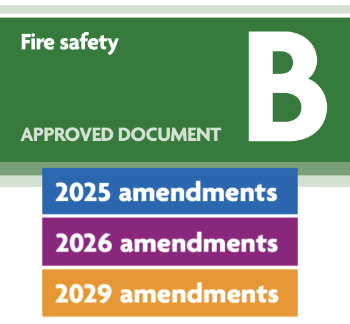Hydrogeological Impact Appraisal HIA
A hydrogeological impact appraisal (HIA) is a methodology designed to fit into the Environment Agency’s abstraction licensing process, including the changes brought about by the Water Act 2003. It also fits within the Environment Agency's overall approach to environmental risk assessment and can be matched to the risk of environmental impact associated with dewatering.
The HIA should include a conceptual understanding of the groundwater system and a survey to identify water-related features that could be affected by the dewatering e.g. water supply boreholes, rivers and protected sites. The assessment is backed up by calculations of the dewatering rates and the predicted impact (groundwater level drawdown) on nearby water features. A tiered approach is taken, with the level of detail, time and cost depending on the sensitivity of the site (presence or absence of rivers, protected sites etc.) and the scale of dewatering.
For sites where high dewatering rates are needed and/or in sensitive areas, the HIA may require extensive ground investigation, water features survey(s), pumping test(s) and stream/spring monitoring. This is likely to take several months. Once the HIA is completed and submitted, the regulator has up to four months to assess the application.
Additional guidance on HIAs is available through the Environment Agency.
[edit] Related articles on Designing Buildings
- Dewatering construction sites.
- Environment Agency.
- Environmental impact assessment EIA.
- Groundwater.
- Groundwater control.
- Hydrogeology.
- Raising awareness of dewatering regulation.
- Water abstraction licence.
- Water impoundment licence.
[edit] External resources
Featured articles and news
Designing for neurodiversity: driving change for the better
Accessible inclusive design translated into reality.
RIBA detailed response to Grenfell Inquiry Phase 2 report
Briefing notes following its initial 4 September response.
Approved Document B: Fire Safety from March
Current and future changes with historical documentation.
A New Year, a new look for BSRIA
As phase 1 of the BSRIA Living Laboratory is completed.
A must-attend event for the architecture industry.
Caroline Gumble to step down as CIOB CEO in 2025
After transformative tenure take on a leadership role within the engineering sector.
RIDDOR and the provisional statistics for 2023 / 2024
Work related deaths; over 50 percent from constructuon and 50 percent recorded as fall from height.
Solar PV company fined for health and safety failure
Work at height not properly planned and failure to take suitable steps to prevent a fall.
The term value when assessing the viability of developments
Consultation on the compulsory purchase process, compensation reforms and potential removal of hope value.
Trees are part of the history of how places have developed.
The increasing costs of repair and remediation
Highlighted by regulator of social housing, as acceleration plan continues.
Free topic guide on mould in buildings
The new TG 26/2024 published by BSRIA.
Greater control for LAs over private rental selective licensing
A brief explanation of changes with the NRLA response.
Practice costs for architectural technologists
Salary standards and working out what you’re worth.
The Health and Safety Executive at 50
And over 200 years of Operational Safety and Health.
Thermal imaging surveys a brief intro
Thermal Imaging of Buildings; a pocket guide BG 72/2017.






















